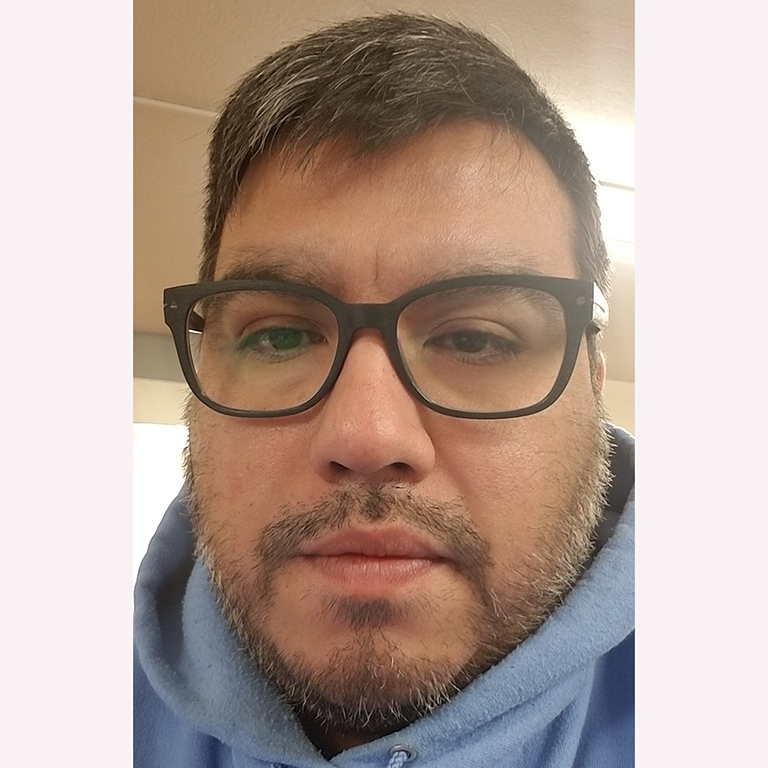When the Department of Housing and Urban Development (HUD) put out a report stating that it could have done more to let residents of East Chicago’s West Calumet housing complex know that their home was across the street from a superfund site, exposing residents to toxic lead levels, Enrique Saenz, journalist for the Indiana Environmental Reporter, knew there was more to the story.
Uncovering the timeline of the West Calumet housing complex required sifting through decades’ worth of documents, checklists, correspondences, lawsuits and more. But, to Saenz, the research proved fruitful, bringing to light what he called a “shocking” story of government neglect.
Saenz’s resulting story recently garnered a first-place award for “Coverage of Social Justice Issues” from Indiana’s Professional Chapter of the Society of Professional Journalists (SPJ) in their annual Best of Indiana Journalism competition. The honor was one of multiple awards granted to independent media organizations supported by ERI.
“These things still happen,” Saenz said of the East Chicago public health crisis, “and it’s possible for failures to exist that affect people’s everyday lives,” he said.
Saenz also received first place for “Environmental Reporting” for his longstanding coverage of Indiana climate policy along with second place for “Investigative Reporting” and third place for “Business or Consumer Affairs Reporting.” A former crime reporter from Southern Texas, Saenz said that his environmental reporting strives to educate Hoosiers on the consequences of laws that intersect with the environment.
“Lawmakers move very quickly to enact legislation to support business, but they don’t move quickly to consider what the effects of that legislation will be,” he said. “What we’ve learned is that there are often unintended consequences for what is seemingly helpful legislation, and it ends up costing Hoosiers a lot more.”
In This Climate, a podcast produced by Emily Miles and supported by ERI and The Media School at IU, also received a first-place award in the “Radio Documentary or Special” category for its Winter Food series. The series began as a mini-episode responding to a common question Miles received from listeners: “What can I eat in wintertime that’s local?”
“I expected to just be able to say, ‘Oh, you can grow greens in the high tunnel and you can store potatoes this way and can tomatoes this way,’” she said. “It ended up being so much more than that.”
The series is a three-episode exploration of how Hoosiers turn to their communities in the colder months, including interviews with Darren Bender-Beauregard from Brambleberry Permaculture Farm, Stewart Hamilton and Kelsey Campbell of Cedar Valley Permaculture, and Lauren Volpp of Three Flock Farm, the Plant Truck Project, and the People’s Market. To Miles, the success of this series came from the fact that she is personal friends with many of her sources.
“There’s something so exciting about the fact that SPJ saw me talking to my friends about local agriculture and said, ‘Not only is this journalism, this is good journalism,” Miles said.
Also honored was Rebecca Thiele of Indiana Public Broadcasting News, who received a second-place award in the “Environmental Reporting” category for co-authoring the story “Cook plant emits cancer-causing chemical but state, federal regulators didn’t notify residents.” With support from ERI, Thiele is one of the few reporters in the state focused exclusively on environmental and energy issues. In addition, Beth Edwards of the Indiana Environmental Reporter, won second place in the “Personality Profile” category for her story “Kharbanda to step down from Hoosier Environmental Council.”
While both Saenz and Miles said they are excited to receive recognition for their work, it hasn’t slowed their drive to continue to cover environmental topics for Hoosiers. Miles said the next episode of In This Climate will be a collaboration with WFHB Community Radio’s Partisan Gardens on community gardening. She said she sees this as a continuation of the community and collaboration-focused themes of the Winter Food series.
The Indiana Environmental Reporter continues to experiment with its daily coverage of climate topics and is preparing to launch a collaboration with The Media School that will result in more IU students getting involved with environmental reporting. Saenz said he wants readers to know that he is working for them.
“If there’s some environmental news that you think we need to dig into, we are always ready to check it out,” he said.
In This Climate and the Indiana Environmental Reporter are both joint ventures of the Environmental Resilience Institute and The Media School at IU.
About the Environmental Resilience Institute
Indiana University’s Environmental Resilience Institute brings together a broad coalition of government, business, nonprofit, and community leaders to help Indiana and the Midwest better prepare for the challenges of environmental change. By integrating research, education, and community, ERI is working to create a more sustainable, equitable, and prosperous future. Learn more at eri.iu.edu.





